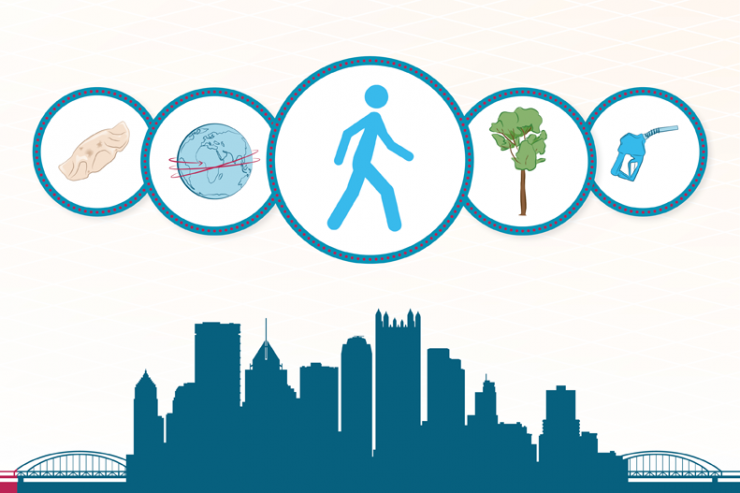[ad_1]
“Today I have grown taller walking with the trees.” Karle Wilson Baker
We all know that exercise is good for you. And walking is probably the easiest form to get into.
But did you know that walking plays a part in helping improve your environment?
Walking improves our quality of life because it helps to protect the living environment and natural resources. It can also be built into transportation systems.
Added health and environmental benefits come from the fact that walking is a pollution free activity. It’s also a quiet pastime. So we benefit from cleaner air and there’s a reduction in traffic noise too.
“Walking is highly efficient in its use of urban space and energy, it rarely causes injury and it gives streets vitality and personal security. Many car trips are quite short, less than 2 km, indicating that walking could be a feasible alternative and contribute to reducing the pollution from a cold-start vehicle travelling only a short distance.”
C. Mason, Transport and health: en route to a healthier Australia? Medical Journal of Australia 2000
In North America and in Europe, there are active groups who canvass for better walking facilities in the urban communities. They argue that walking opens up communities and adds to the quality of life for all.
In 1996, Dan Burden formed Walkables Communities (http://www.walkable.org) in Florida. Walkable Communities purpose is,
“… helping whole communities, whether they are large cities or small towns, or parts of communities, i.e. neighbourhoods, business districts, parks, school districts, subdivisions, specific roadway corridors, etc., become more walkable and pedestrian friendly.”
In the UK, Living Streets (http://www.livingstreets.org.uk) is a similar organisation who state their aim as being,
“… the champions of streets and public spaces for people on foot. We work on practical projects to create safe, vibrant and healthy streets for all.
Local streets are a service that we all use. But for decades, traffic priorities have been allowed to overwhelm them, and they have been left dirty and unsafe. Vibrant streets help to revitalise neighbourhoods and reconnect people.”
These organisations and their campaigns to free our communities from excess traffic appear to make sense. It is true that motor vehicles create a large amount of the pollution we find in the air.
The pollution created by vehicles can contribute to ill health. Illnesses such as asthma, lung cancer, increased stress and disturbed sleep have been found to be due to increased air pollution.
Walking on the other hand improves health, because every walk reduces air pollution.
So, do you want to take a walk today? Every step you take plays a part in improving your local community.
[ad_2]



